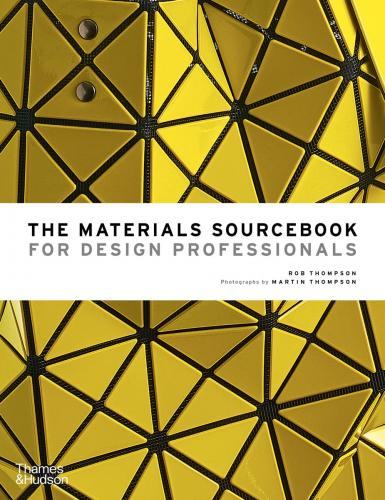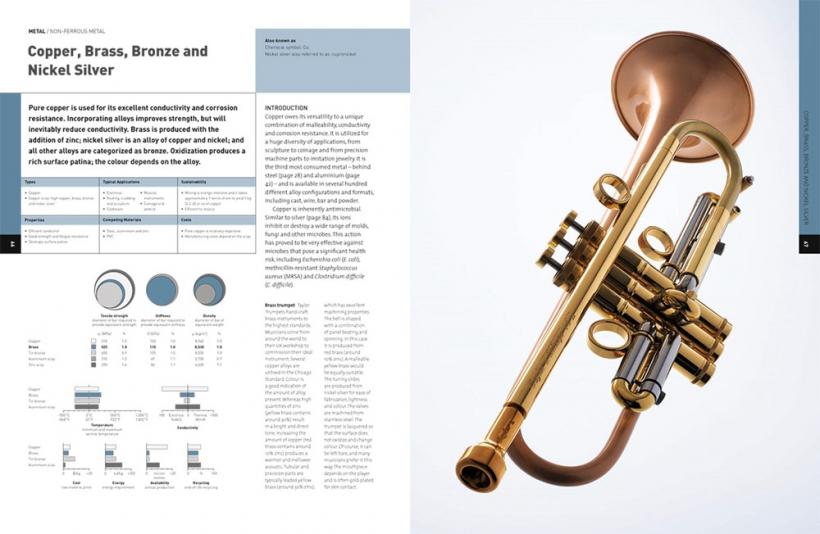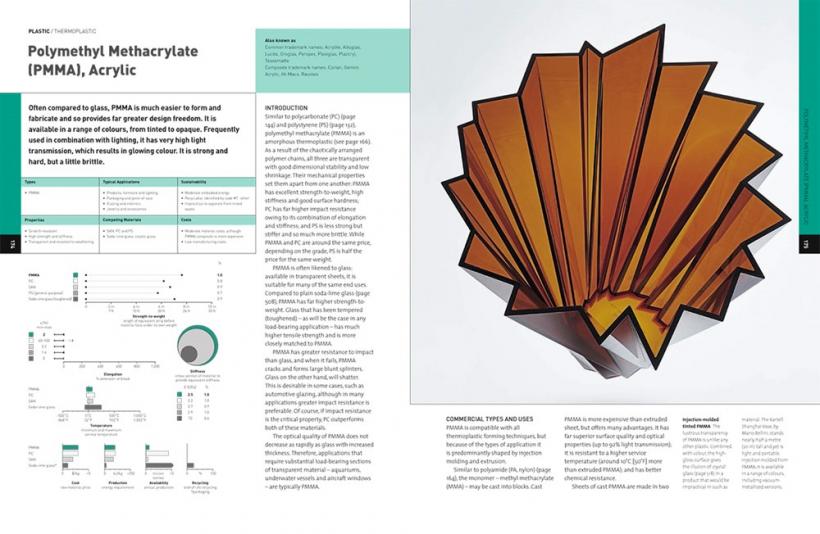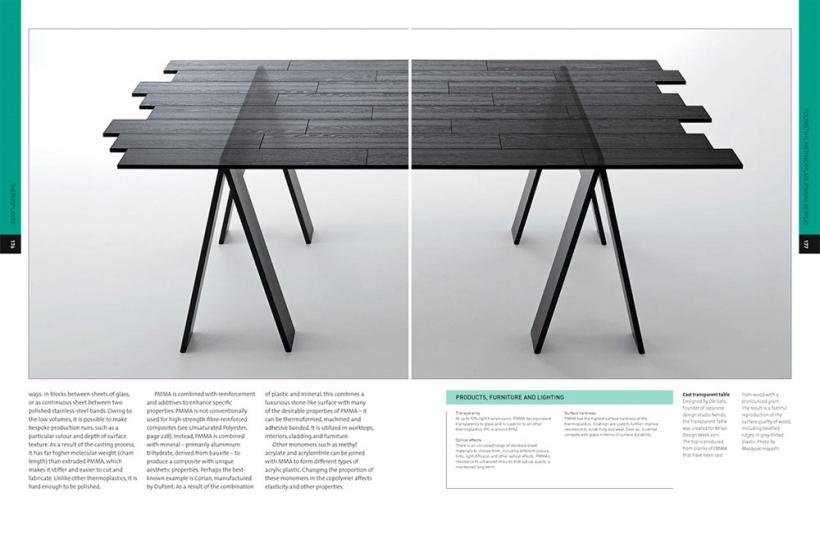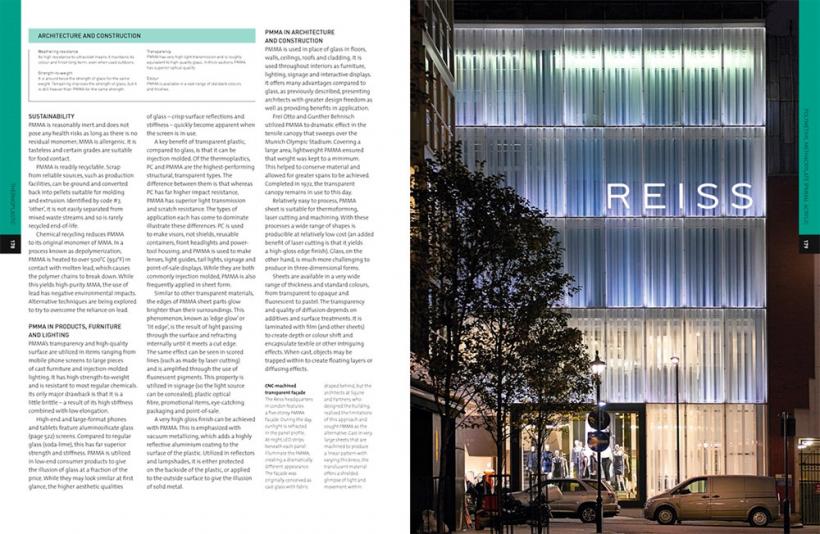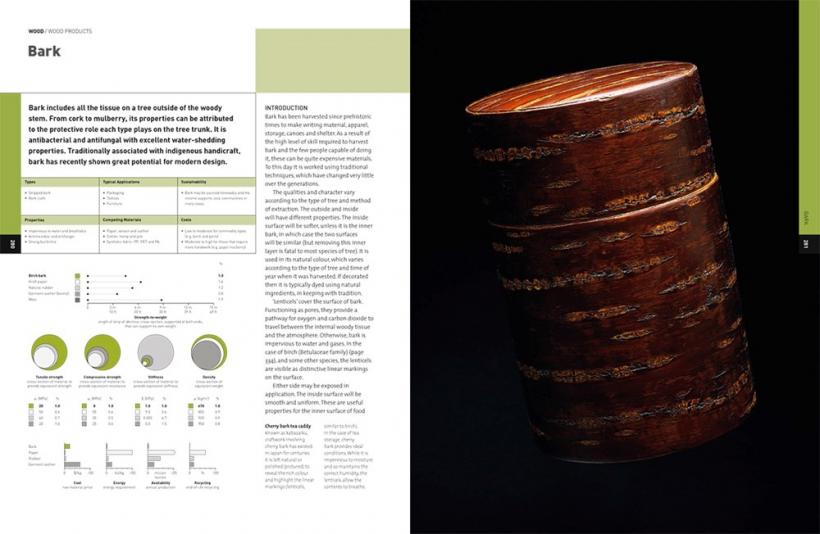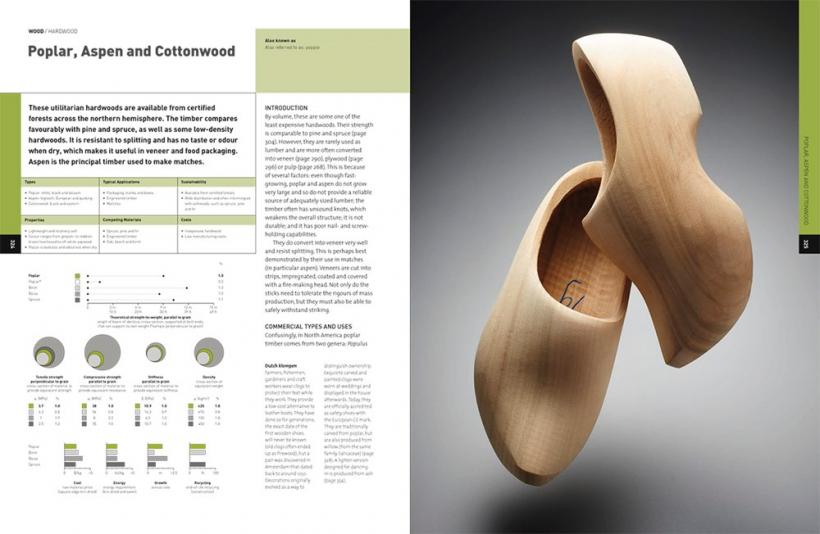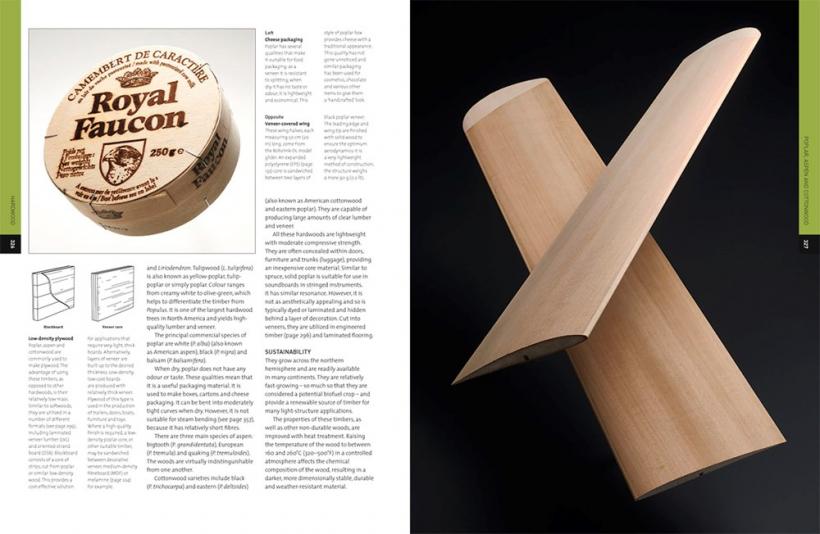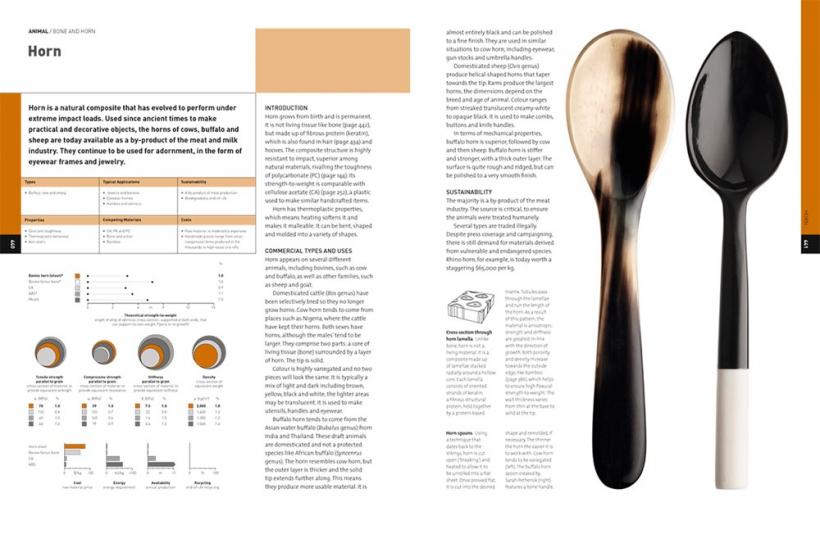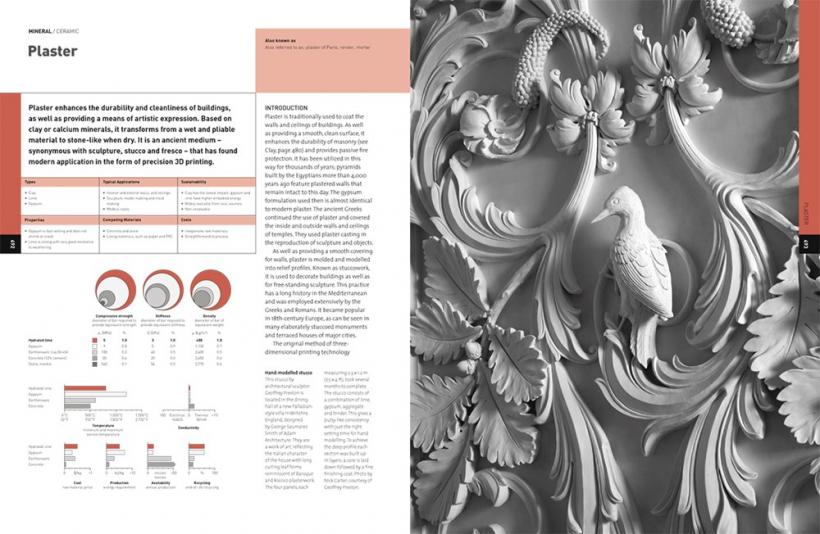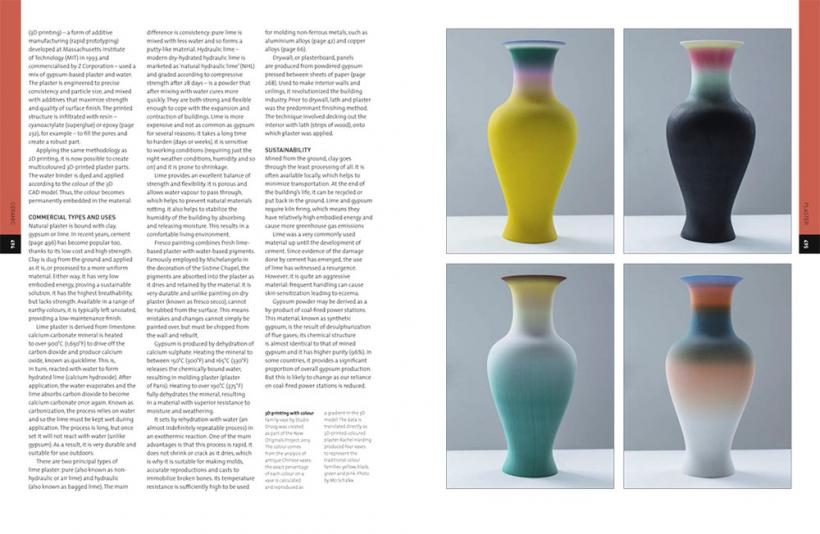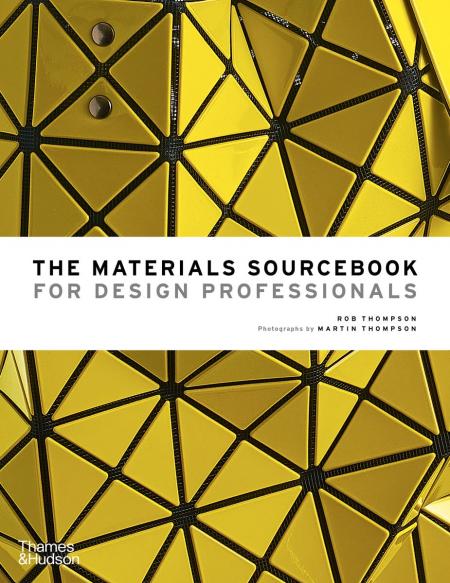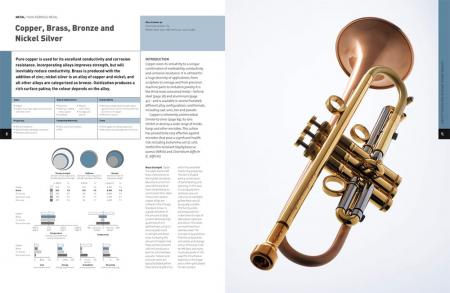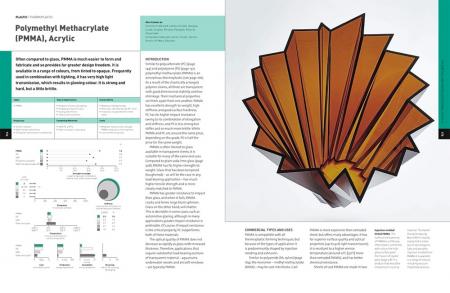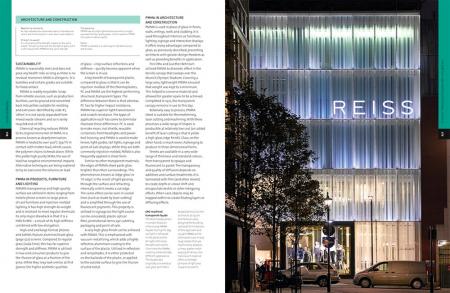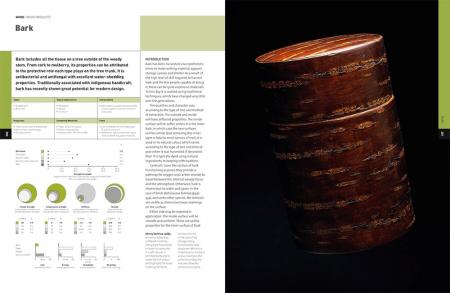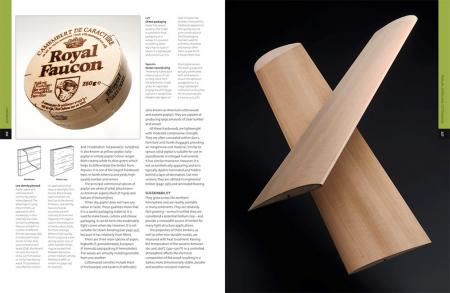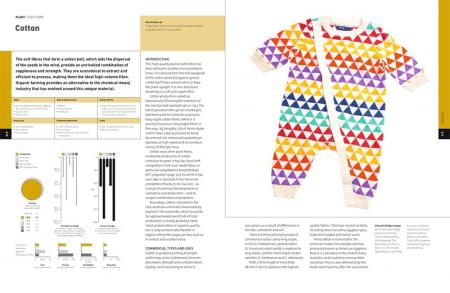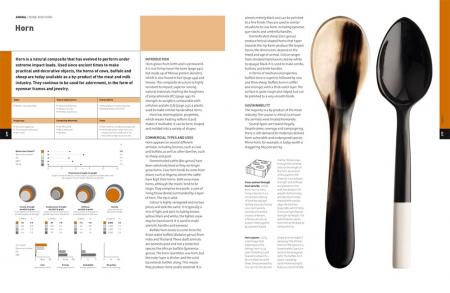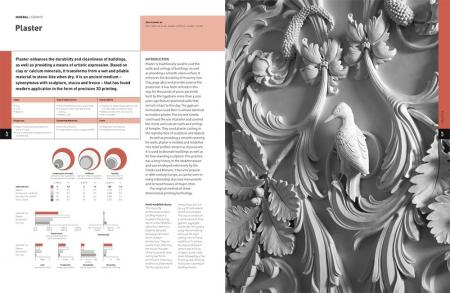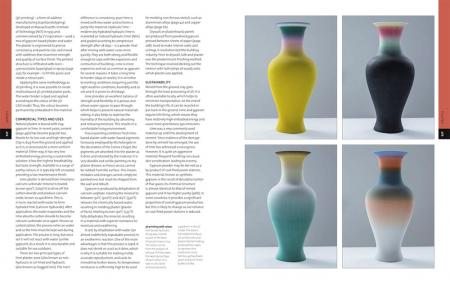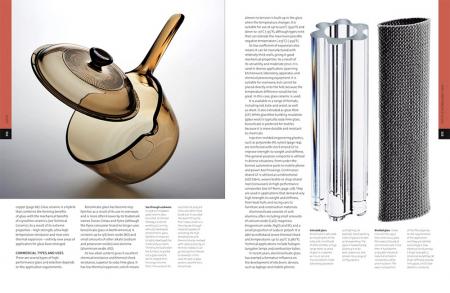The Materials Sourcebook for Design Professionals
Rob Thompson
Ціна:
3500
грн
Доступно на замовлення
ID:
17586
Палітурка:
Hardcover, 21.5 x 28 cm
Кількість сторінок:
544; Illustrations: 573
Рік видання:
2017
Мова:
English
ISBN-13:
9780500518540
A one-stop resource providing comprehensive information about all the 'design' material types and new technology developments
Today’s designers are often presented with a seemingly infinite number of creative choices, with the ability to push their materials to the limits of what they can do. Understanding these materials properly helps designers make inspired decisions in a practical and confident manner. The Materials Sourcebook for Design Professionals is the one-stop resource for all design professionals, providing comprehensive, accurate information about the basic materials with which they work on a daily basis, as well as a complete breakdown on new and exciting developments in high-tech materials.
Written by Rob Thompson, The Materials Sourcebook for Design Professionals comprises six main parts on all the major ‘design’ material groups. These parts are then separated further into chapters that examine the properties of individual types of materials, e.g. ‘Iron’, ‘Steel’ and ‘Aluminium’. In total, there are nearly 100 material types featured, each one supported by examples of how it can be used in a variety of industries, an outline of its most desirable properties and details on its form and texture. With 450 vibrant illustrations and a clear layout, the design professional or student is presented with a long-term reference tool that tells them everything they need to know about the materials they use habitually, with information delivered in a wholly unbiased and accessible manner.
Contents List:
How to use this book * Introduction 1 METAL Ferrous Metal: Cast Iron • Steel Non-Ferrous Metal: Aluminium • Magnesium • Titanium • Copper • Brass • Bronze and Nickel Silver • Zinc Precious Metal: Silver, Gold 2 PLASTIC Thermoplastic: Polypropylene (PP) • Polyethylene (PE) • Ethylene Vinyl Acetate (EVA) • Polyvinyl Chloride (PVC) • Acid Copolymers and Ionomers • Polystyrene (PS) • Styrene Acrylonitrile (SAN) and Acrylic Styrene Acrylonitrile (ASA) • Acrylonitrile Butadiene Styrene (ABS) • Polycarbonate (PC), Polyethylene Terephthalate (PET) Polyester • Polyamide (PA) • Nylon • Polymethyl Methacrylate(PMMA) Acrylic • Polyacrylonitrile (PAN) Acrylic Fibre • Polyoxymethylene (POM) Acetal • Polyetheretherketone (PEEK) • Fluoropolymer • Thermoplastic Elastomer (TPE) Thermoset: Polyurethane (PU) • Polysiloxane • Silicone • Synthetic Rubber Formaldehyde-Based: Melamine (MF) • Phenolic (PF) and Urea (UF) • Unsaturated Polyester (UP) Resin • Polyepoxide • Epoxy Resin Super Fibre: Carbon-Fibre-Reinforced Plastic (CFRP) • Aromatic Polyamide • Aramid • Polyphenylene Benzobisthiazole (PBO) Bio-Derived: Natural Rubber and Latex • Cellulose Acetate (CA) and Viscose • Starch Plastic • Polylactic Acid (PLA) 3 WOOD Wood Products: Wood Pulp • Paper and Board • Bark • Cork • Veneer • Engineered Timber Softwood: Spruce • Fir and Pine • Hemlock • Larch • Douglas-Fir • Cypress Family Hardwood: Poplar • Aspen and Cottonwood • Willow • Maple • Birch • Beech • Oak • Chestnut • Walnut • Hickory and Pecan • Ash • Elm • Cherry • Apple and Pear Tropical Hardwood: Acacia • Iroko • Teak • Mahogany Family • Exotics • Balsa 4 PLANT Stem and Leaf: Rattan • Bamboo • Grass • Rush and Sedge • Leaf Fibres Bast Fibre: Flax • Linen • Jute and Kenaf • Hemp • Ramie Seed Fibre: Cotton • Coconut Coir 5 ANIMAL Animal Fibres: Silk • Wool • Hair Bone and Horn: Horn • Bone • Antler Leather and Fur: Cowhide • Sheepskin and Goatskin • Pigskin • Horsehide • Deerskin and Kangaroo Hide • Exotics • Fur 6 MINERAL Rock: Stone • Diamond and Corundum Ceramic: Clay • Plaster • Cement • Technical Ceramic Glass: Soda-Lime Glass • Lead Glass • High-Performance Glass Directory • Glossary and Abbreviations • Featured Designers, Artists and Manufacturers • Selected Bibliography • Illustration Credits • Sources • Index
About the Author:
Rob Thompson is an award-winning designer and the author of Manufacturing Processes for Design Professionals.
